Dinner
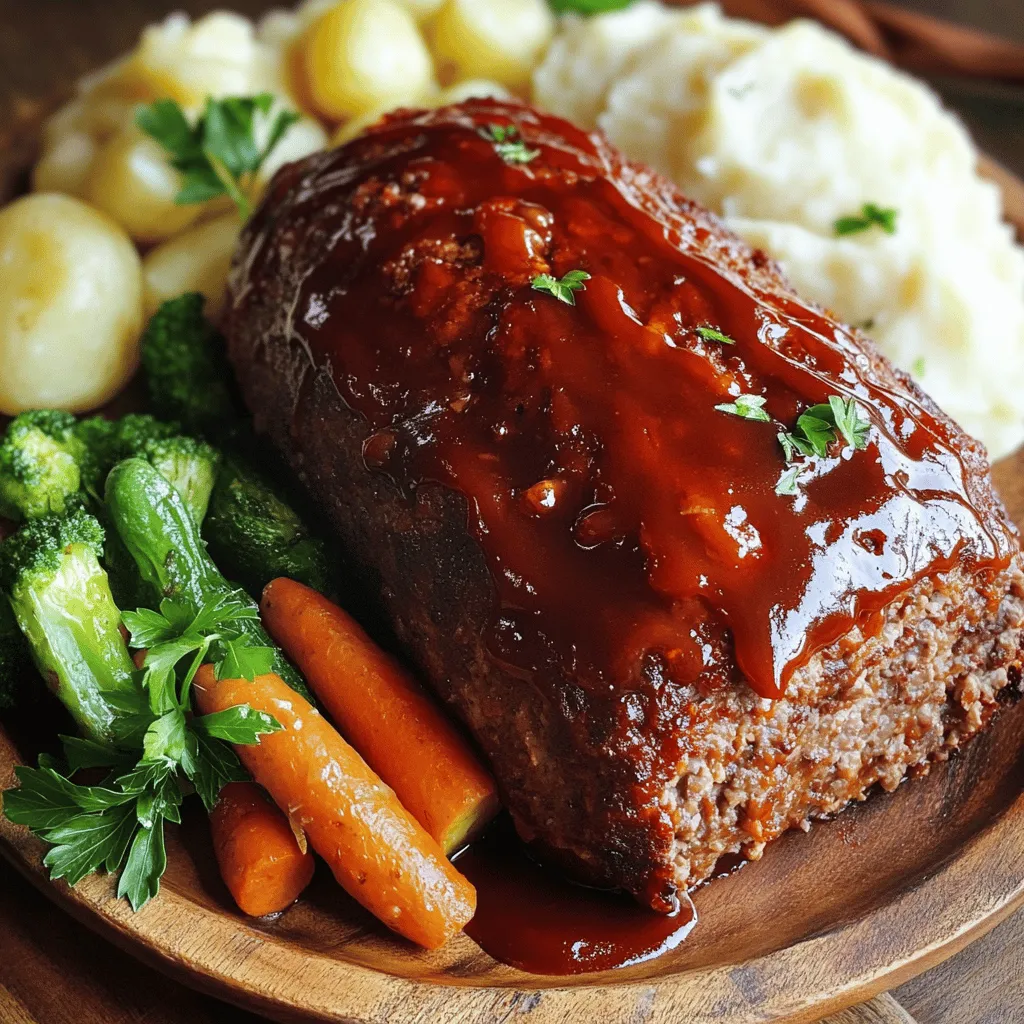
How to Make Crockpot Meatloaf Delicious and Simple
Are you ready to make a delicious and easy dinner? Let’s dive into how to make crockpot meatloaf! This simple recipe turns a classic dish
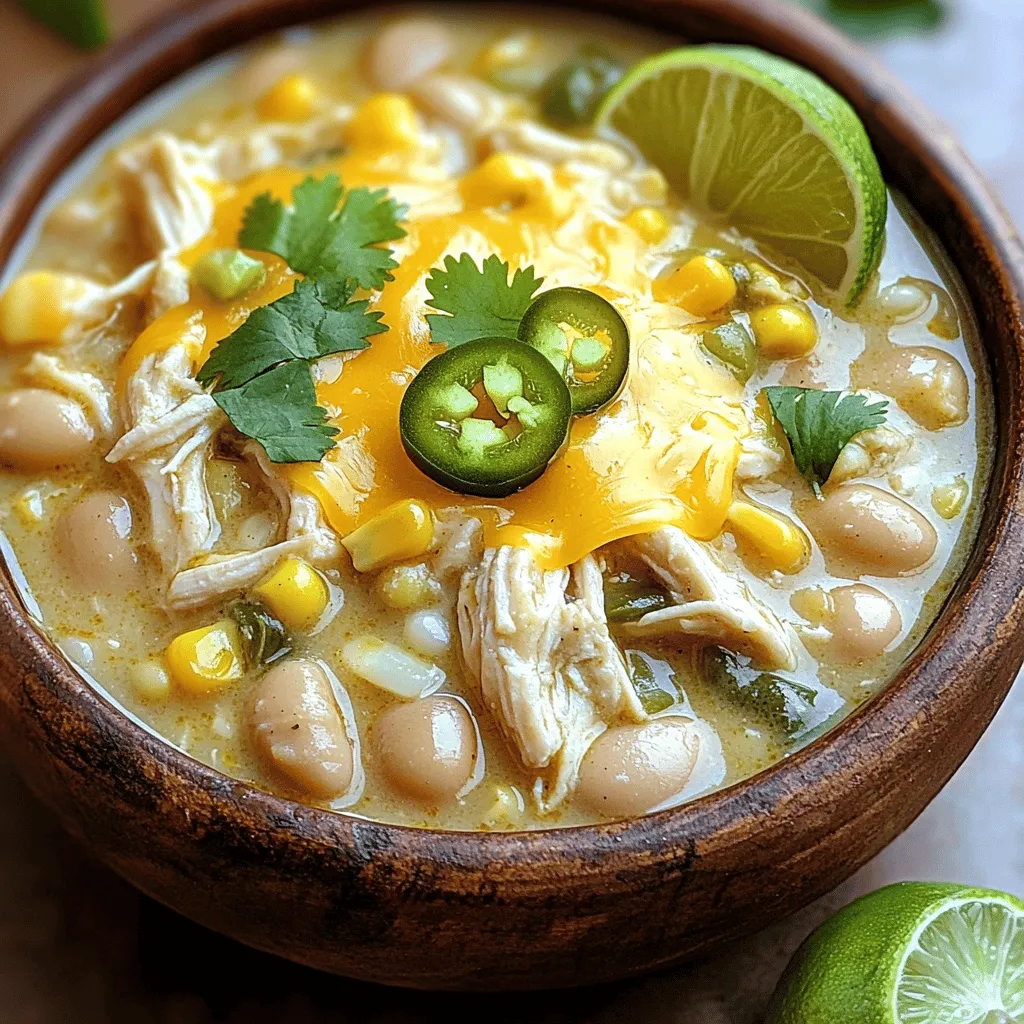
Easiest Crockpot White Chicken Chili Tasty and Simple
Are you craving a warm, tasty meal that requires minimal effort? Look no further! My Easiest Crockpot White Chicken Chili combines tender chicken, hearty beans,
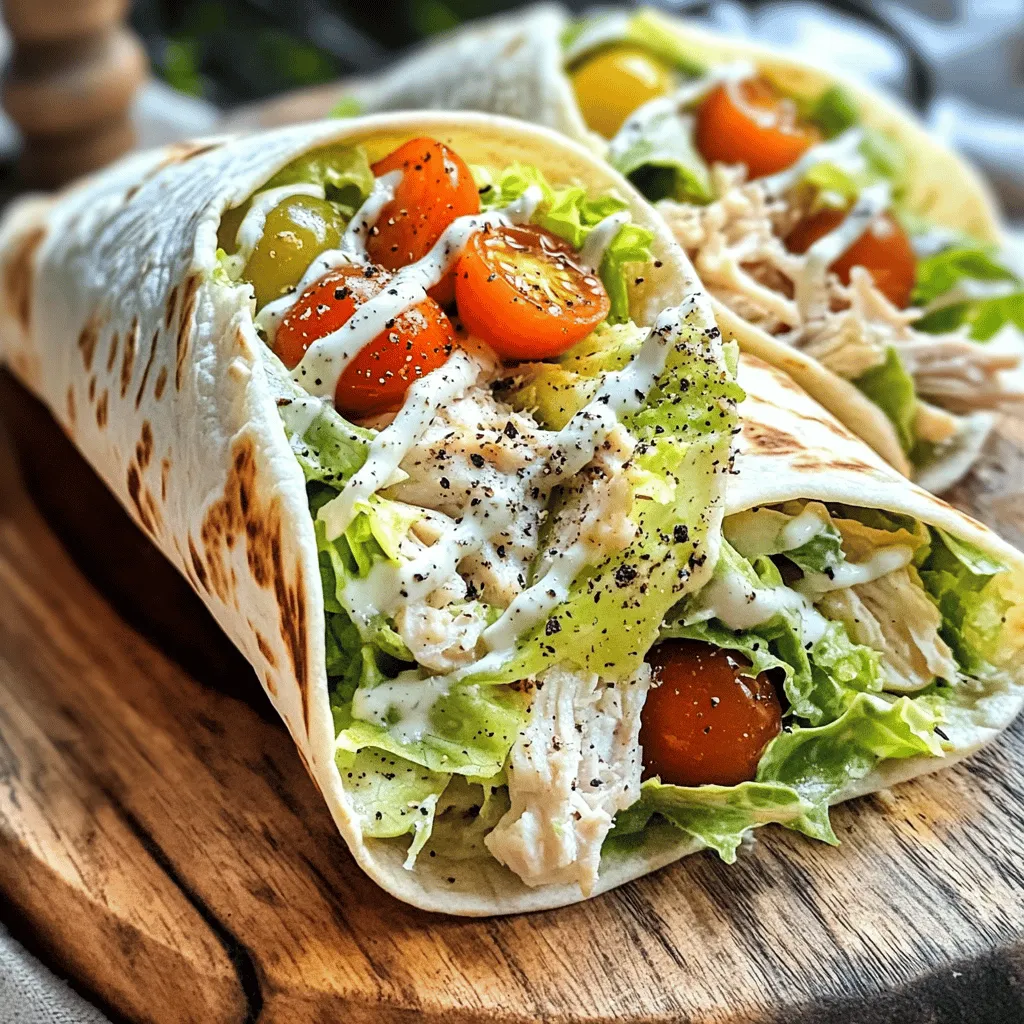
Savory Chicken Caesar Wrap Easy and Flavorful Meal
Are you ready to enjoy a fun and tasty meal? This Savory Chicken Caesar Wrap is both easy to make and packed with flavor. Using
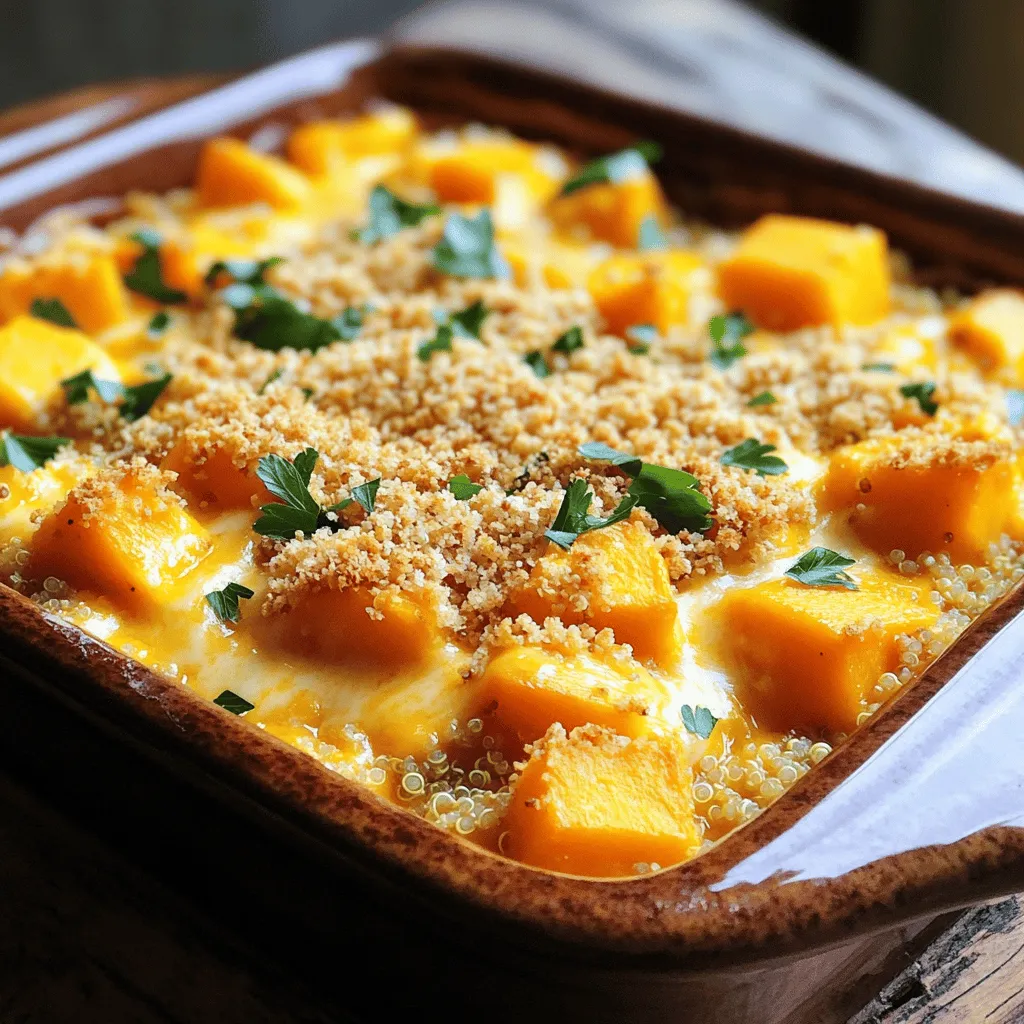
Easy Butternut Squash Casserole Healthy and Simple Meal
Looking for a delicious and healthy meal? You’ll love this easy butternut squash casserole! With simple ingredients and a few straightforward steps, you can create
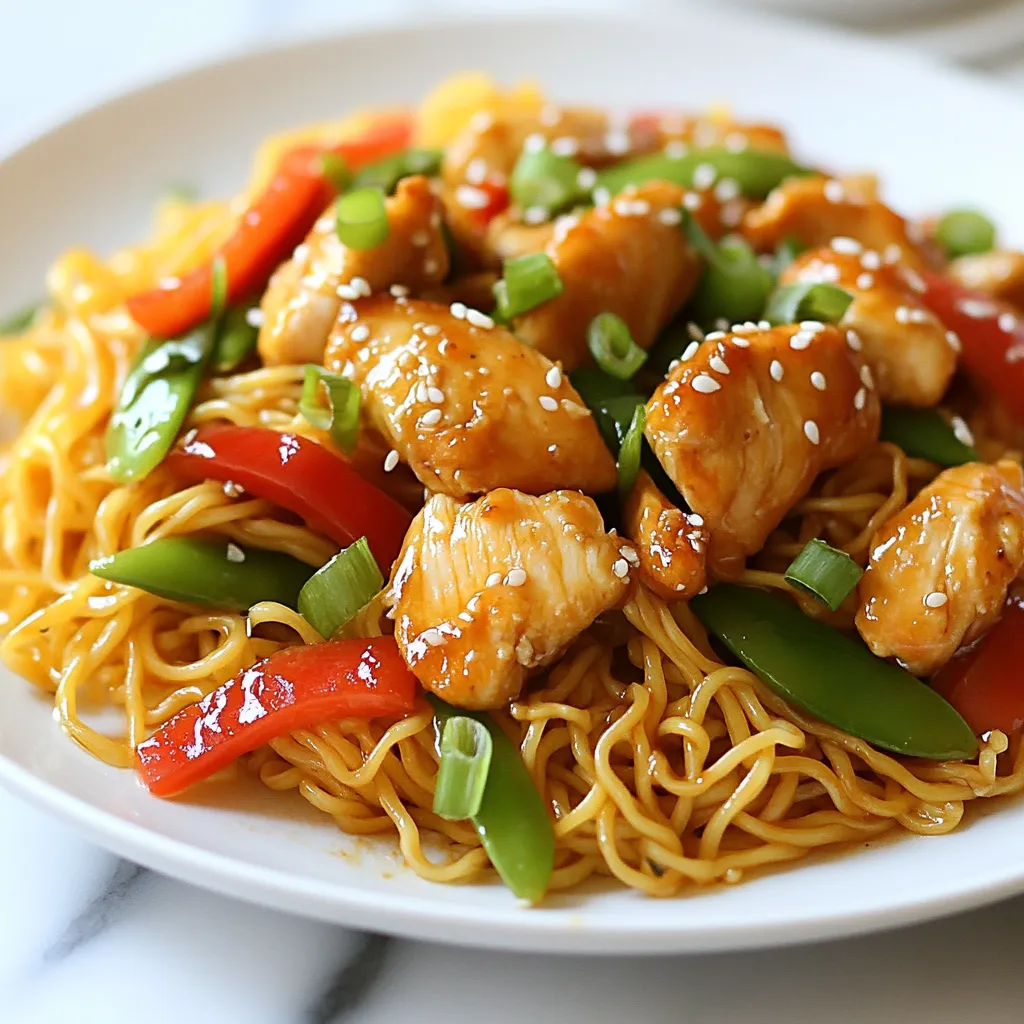
Sticky Garlic Chicken Noodles Quick and Tasty Recipe
Are you ready to whip up a meal that is both quick and delicious? This Sticky Garlic Chicken Noodles recipe is here to save your
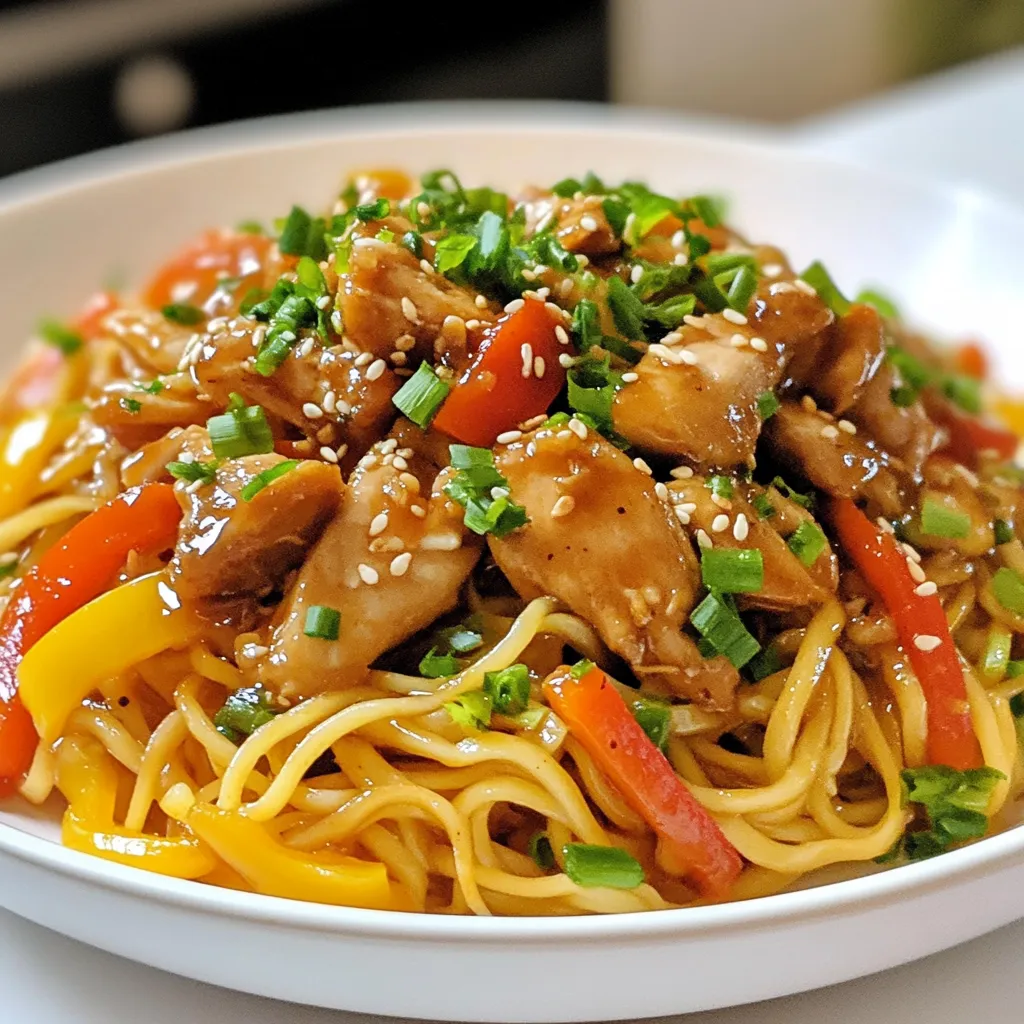
Sticky Garlic Chicken Noodles Rich and Flavorful Meal
Craving a dish that’s both rich and full of flavor? Look no further! Sticky Garlic Chicken Noodles bring together tender chicken, savory garlic, and a
![- 2 cups elbow macaroni - 2 tablespoons olive oil - 1 small onion, finely chopped - 2 cloves garlic, minced - 2 cups vegetable broth - 1 cup canned diced green chiles - 1 teaspoon ground cumin - 1 teaspoon smoked paprika - 1/2 teaspoon salt - 1/2 teaspoon black pepper - 1 cup shredded cheddar cheese - 1/4 cup freshly chopped cilantro (for garnish) - Lime wedges (for serving) In this dish, the elbow macaroni is the star. It provides a nice base for all the flavors. The green chiles add a mild heat that brings life to the macaroni. Olive oil is key for sautéing the onion and garlic, giving the dish a solid flavor foundation. The spices, like cumin and smoked paprika, add depth and warmth. Salt and black pepper bring it all together, enhancing every bite. The cheese is the finishing touch, making it creamy and rich. Don't forget the fresh cilantro for a bright pop, and lime wedges for a zesty kick. - Large pot for cooking - Colander for draining macaroni - Stirring spoon Using the right tools makes cooking easier. A large pot helps to boil the macaroni quickly. A colander is perfect for draining it without making a mess. A simple stirring spoon is all you need to mix everything well. For the full recipe, check out the details to create this delightful dish. - Bring salted water to a boil. - Add 2 cups of elbow macaroni. - Cook until al dente, then drain and set aside. - Heat 2 tablespoons of olive oil in the same pot. - Add 1 small chopped onion and sauté until it turns translucent. - Toss in 2 cloves of minced garlic and sauté until fragrant. - Pour in 2 cups of vegetable broth and stir in 1 cup of canned green chiles. - Add seasonings: 1 teaspoon of ground cumin, 1 teaspoon of smoked paprika, 1/2 teaspoon of salt, and 1/2 teaspoon of black pepper. - Mix in the cooked macaroni and let it simmer for 5 minutes. This helps all the flavors blend well. - Finally, stir in 1 cup of shredded cheddar cheese until it melts and becomes creamy. - Taste and adjust the seasoning if needed. This dish is simple yet full of flavor. You can find the Full Recipe for detailed steps and tips. - Use quality vegetable broth for rich taste. - Don't overcook the macaroni; it should remain firm. Choosing a good vegetable broth makes a big difference. It adds depth and a lovely flavor. In my experience, homemade broth really shines. If you go for store-bought, look for low-sodium options. This way, you can control the salt level better. Next, keep an eye on your macaroni. Cooking it just right is key. Al dente means it's firm to the bite, not mushy. This texture holds up well in your sopita. - Garnish with fresh cilantro and lime wedges. - Serve in rustic bowls for an authentic feel. Presentation matters! A sprinkle of fresh cilantro brightens your dish. Lime wedges add a zesty touch, too. Just squeeze a bit over the top before eating. Choosing rustic bowls gives a homey vibe. It makes your meal feel special and inviting. Plus, it shows off all the vibrant colors of your sopita. - Consider adding jalapeños for extra heat. - Top with avocado or sour cream for creaminess. Want more kick? Adding jalapeños is a great idea. They bring heat and flavor. If you prefer a milder sopita, skip this step. Creaminess takes it up a notch! Slicing ripe avocado on top adds a rich texture. Sour cream also works well. It balances the spice and makes it extra delicious. For the full recipe, be sure to check out the [Full Recipe] section above. {{image_2}} You can easily make this dish vegetarian. Just switch the vegetable broth for chicken broth. This simple swap keeps the flavor rich. You can also use different cheeses. Try pepper jack for a spicy twist or mozzarella for a mild taste. Adding veggies can change the texture and taste. Corn adds sweetness, while bell peppers bring a nice crunch. You can also mix in proteins. Shredded chicken makes it heartier, and black beans add fiber and flavor. Want more heat? Increase the green chiles in your sopita. This gives it a nice kick. Another option is to add chipotle powder. This smoky spice adds depth and makes each bite exciting. For the full recipe, check out Green Chile Macaroni Sopita. Store any leftover Green Chile Macaroni Sopita in an airtight container. This keeps it fresh and tasty. Use it within 3-4 days. The flavors will still be great, but it’s best to enjoy it soon. If you want to save some for later, freeze it in portions. This makes it easy to heat up a quick meal. When you are ready to eat, thaw it in the refrigerator overnight. This way, it warms evenly. To reheat, you can use either the stovetop or microwave. If you use the stovetop, heat it gently on low. If you prefer the microwave, use a medium setting. Always add a splash of broth to keep the sopita creamy and delicious. Green Chile Macaroni Sopita is a warm, creamy pasta dish. It combines elbow macaroni with green chiles, spices, and cheese. This dish brings a taste of comfort and joy. The green chiles add a unique flavor, making it stand out. This dish has roots in Mexican cuisine, where comfort food is key. It is perfect for family meals or cozy nights in. Yes, you can easily make this recipe gluten-free. Choose gluten-free elbow macaroni or any pasta you like. Many brands offer corn or rice-based pasta options. They work well in this dish. Just cook them according to the package instructions. The flavors from the green chiles and spices will still shine through. To enhance heat levels, add more green chiles to the mix. You can also include diced jalapeños or a pinch of cayenne pepper. If you like smoky flavors, try adding chipotle powder. These additions will give your sopita a nice kick. Adjust the heat to match your taste buds. Green Chile Macaroni Sopita pairs well with simple sides. Consider serving a fresh salad with lime dressing. Cornbread or warm tortillas also make great partners. For a crunchy touch, add tortilla chips on the side. These sides will balance the creamy texture of the dish. Check out the Full Recipe to find more serving ideas. In this blog post, I shared a simple and tasty recipe for Green Chile Macaroni Sopita. We covered essential ingredients, cooking steps, tips, and fun variations. This dish is easy to make and sure to please. Whether you're cooking for yourself or friends, you can add your twist. Remember, use quality ingredients and enjoy experimenting with flavors. With the right care and storage, you’ll savor this meal for days. Dive into this delicious recipe and bring joy to your table!](https://grilledflavors.com/wp-content/uploads/2025/08/ff0b180a-cfe9-4899-8de0-0ffb9afb83be.webp)
Green Chile Macaroni Sopita Flavorful and Simple Dish
Craving a cozy dish that’s both tasty and easy to make? Green Chile Macaroni Sopita delivers just that! This warm, comforting meal combines creamy cheese
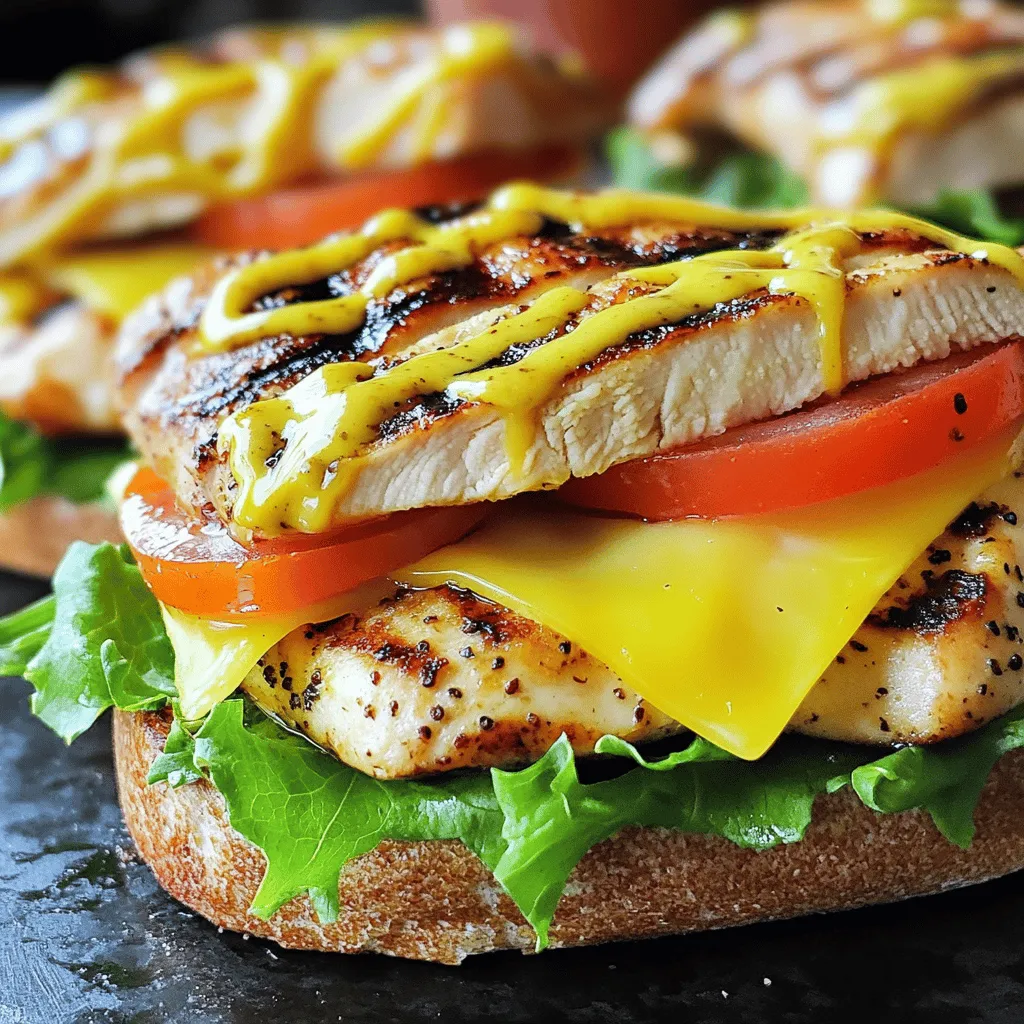
Chick-fil-A Grilled Chicken Club Sandwich Delight
Are you ready to elevate your lunch game? The Chick-fil-A Grilled Chicken Club Sandwich is a delicious choice that combines juicy chicken with fresh veggies

Mexican Street Corn Soup Flavorful and Easy Recipe
Get ready to indulge in a warm, comforting bowl of Mexican Street Corn Soup! This easy recipe combines fresh corn, zesty seasonings, and creamy goodness

Cheesy Grilled Toast and Tomato Soup Comfort Meal
Nothing beats a warm bowl of tomato soup paired with cheesy grilled toast on a chilly day. This comfort meal is simple to make and